A TPR handle brush is a cleaning or beauty tool whose handle is made of TPR (thermoplastic rubber). TPR (Thermoplastic Rubber) is a polymer material that combines the elasticity of rubber with the plasticity of plastic. It is often used in product designs that require flexibility, non-slip properties, and durability. TPR handle bristle brushes feature a TPR (thermoplastic rubber) handle that is not only comfortable to hold, but also non-slip and wear-resistant, providing excellent grip stability and fatigue-free handling even after prolonged use. TPR handle bristle brushes are suitable for a variety of cleaning applications, including but not limited to kitchens, bathrooms, toilets, offices, and other areas requiring cleaning. Whether cleaning dishes and glassware or scrubbing tiles or floors, this bristle brush delivers a cleansing effect.
1. Features of TPR Handle Brushes
Material Characteristics
Excellent Elasticity: Softer than hard plastic handles, comfortable grip, shock-absorbing, and non-slip.
Abrasion Resistance: Tear and bend resistance, resists breakage with long-term use.
Waterproof and Oil-Resistant: Non-absorbent and resistant to detergents, suitable for humid environments (such as bathrooms and kitchens).
Functional Advantages: Anti-slip Design: TPR surfaces often have a textured or frosted finish, ensuring a secure grip even when wet.
Safety and Environmental Protection: Non-toxic and odorless, some materials meet food-grade standards and can be used for cleaning dishes and baby products.
Temperature Adaptability: Resists deformation and brittleness in high temperatures (such as dishwashers) or low temperatures.
2.Compared with other material handles
| Materials | TPR handle | Plastic handle | Wooden handle | Metal handle |
| Touch | Soft, non-slip | Hard, slippery | Gentle but absorbent | Cool, heavy |
| Durability | Impact-resistant, bend-resistant | Breakable | Prone to mold and cracking | Strong but prone to rust |
| Useful Applications | Kitchen, bathroom, industrial cleaning | Low-cost everyday use | Decorative tool | High-intensity cleaning |
3. Key Maintenance Tips for TPR Handle Brushes
Daily Cleaning
Gentle Cleaning:
Wash the handle and bristles with warm water and a neutral detergent (such as dish soap). Avoid strong acids or alkalines that may corrode the TPR material.
Stubborn stains can be gently scrubbed with a soft-bristled brush or sponge. Avoid scratching the surface with hard objects such as steel wool.
Prompt Drying:
After cleaning, wipe dry with a dry cloth or hang to air dry. Avoid prolonged exposure to water or moisture to prevent mold growth.
Avoid High Temperatures and Sun Exposure
Keep away from high temperatures:
TPR has good temperature resistance (typically -40°C to 120°C), but avoid prolonged exposure to boiling water, steam, or direct sunlight. This may accelerate aging, cause stickiness, or cause deformation.
Microwave ovens or sterilizers are not recommended for high-temperature sterilization unless the product is specifically labeled as heat-resistant.
Prevent Chemical Corrosion
Use Solvents with Caution:
Avoid contact with organic solvents such as alcohol, acetone, and strong oxidizers, as these may cause the TPR to harden, crack, or lose its elasticity. For disinfection, you can use **diluted bleach (1:10)** to soak briefly, then rinse thoroughly.


 中文简体
中文简体 English
English Español
Español Français
Français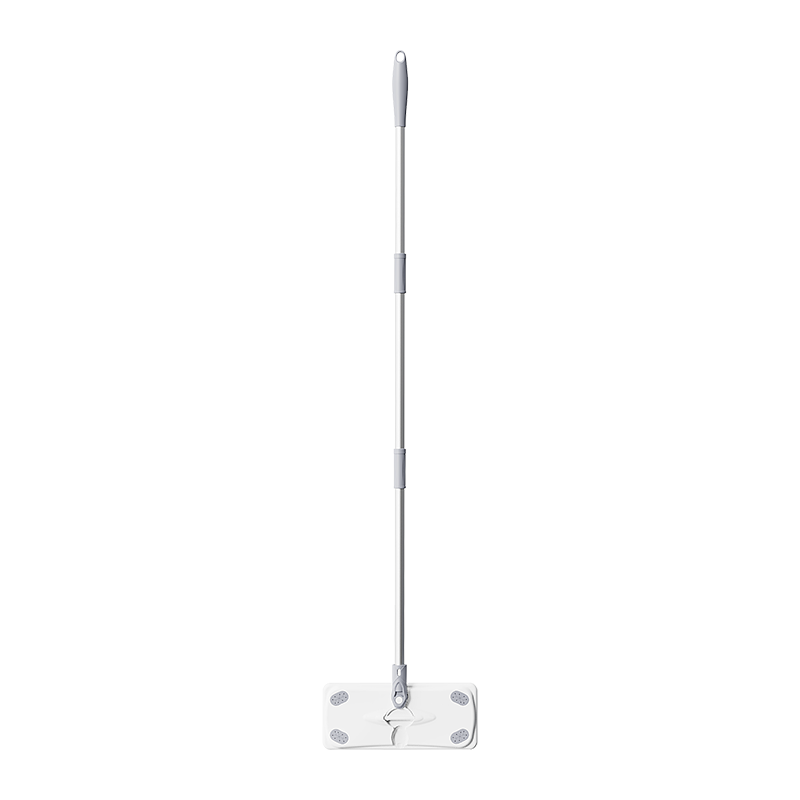
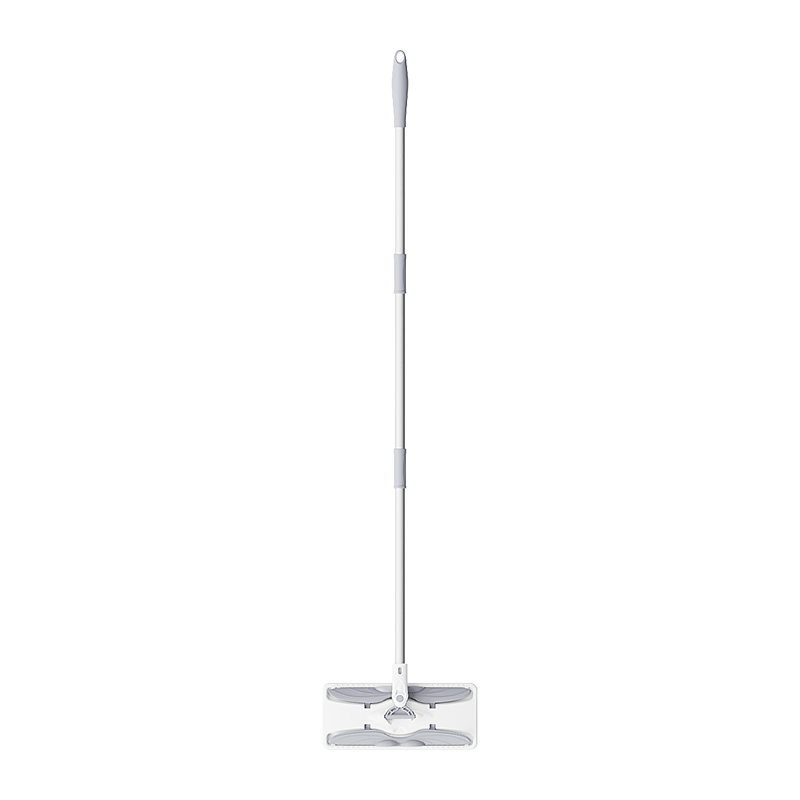
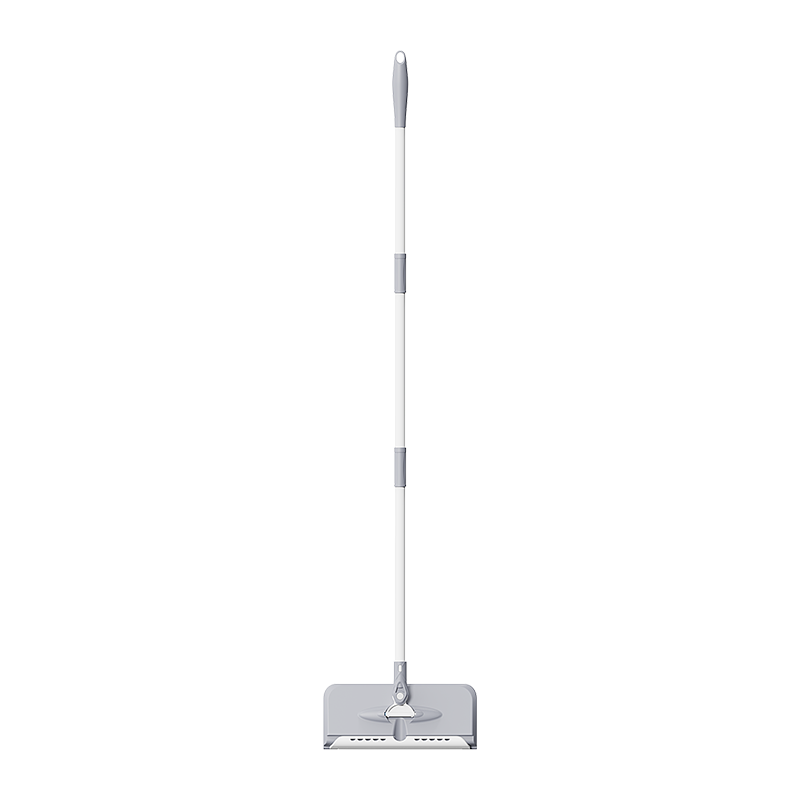
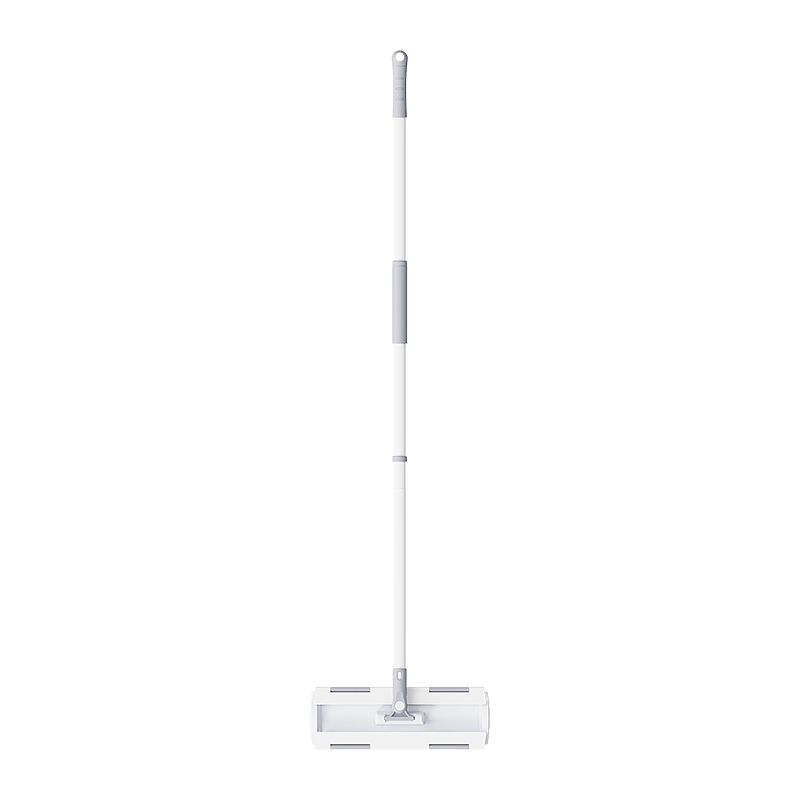
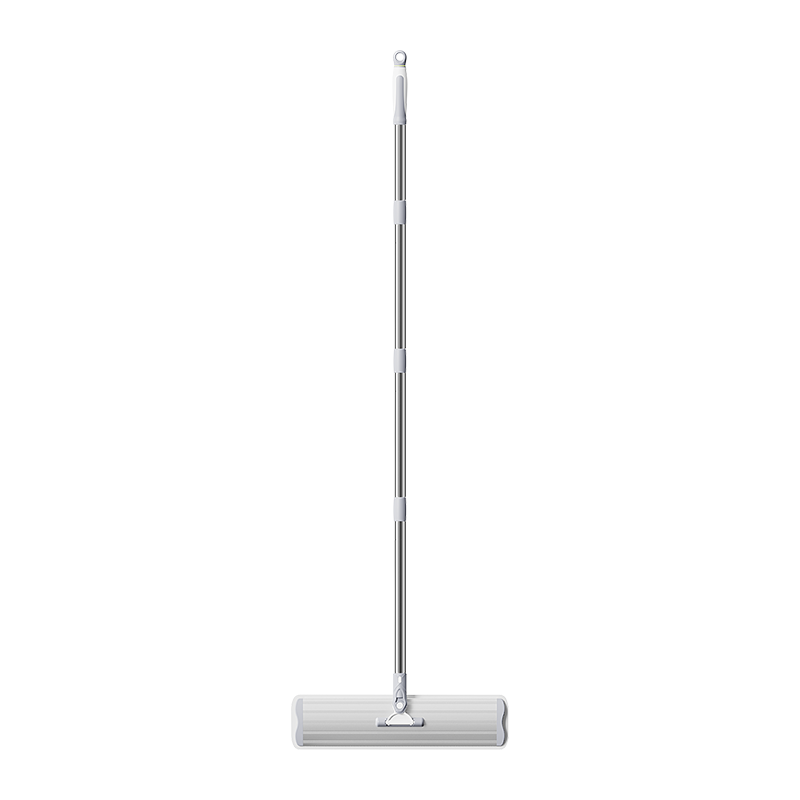

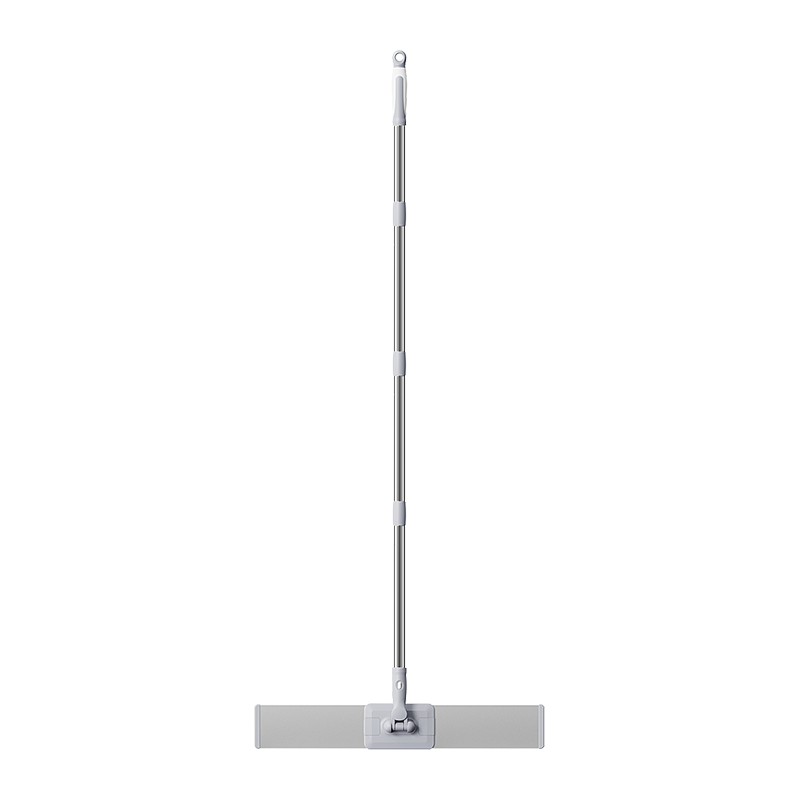

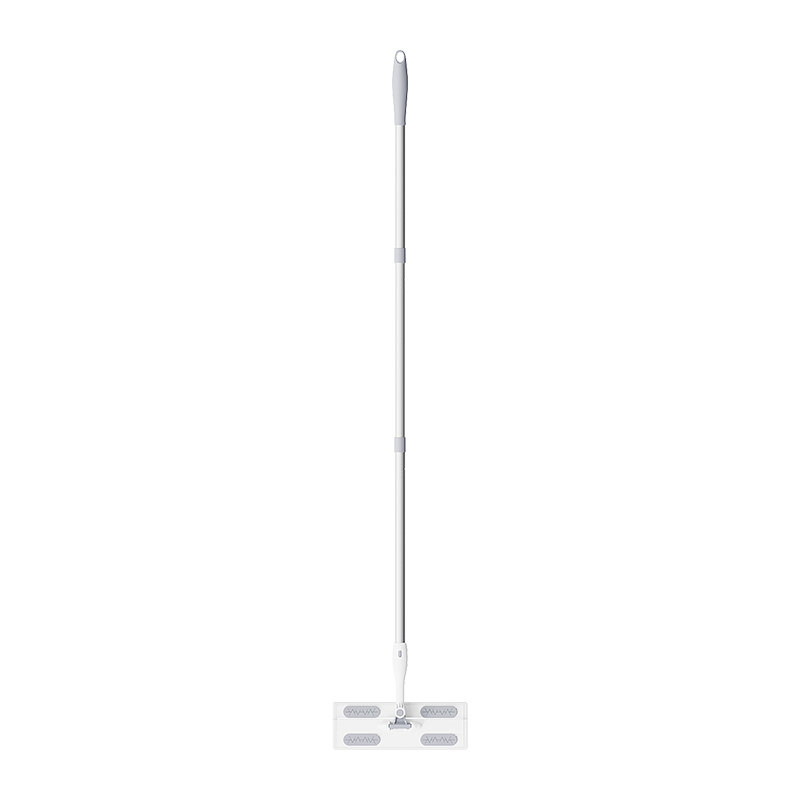
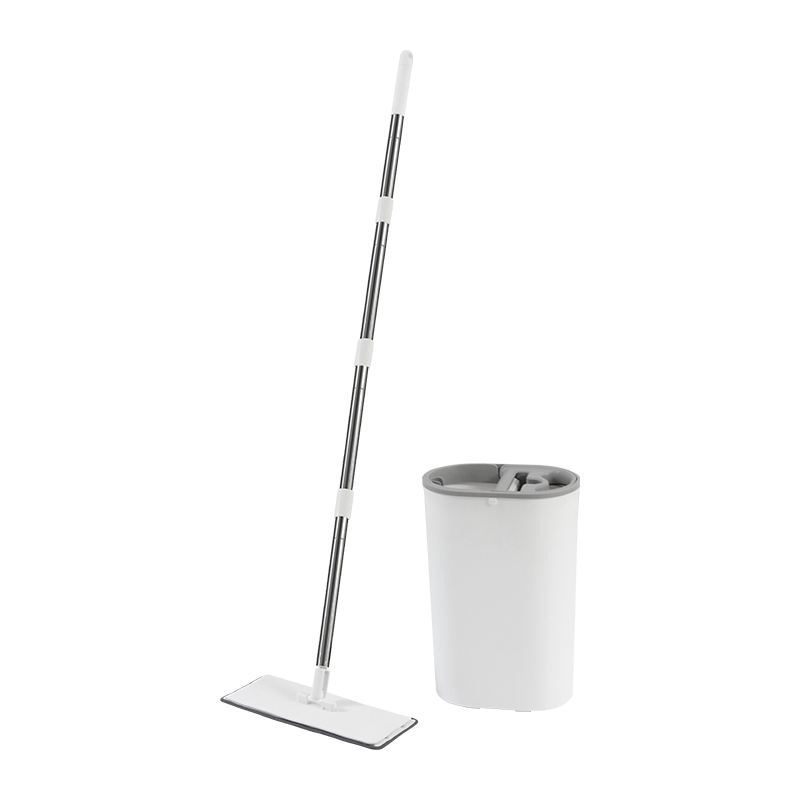
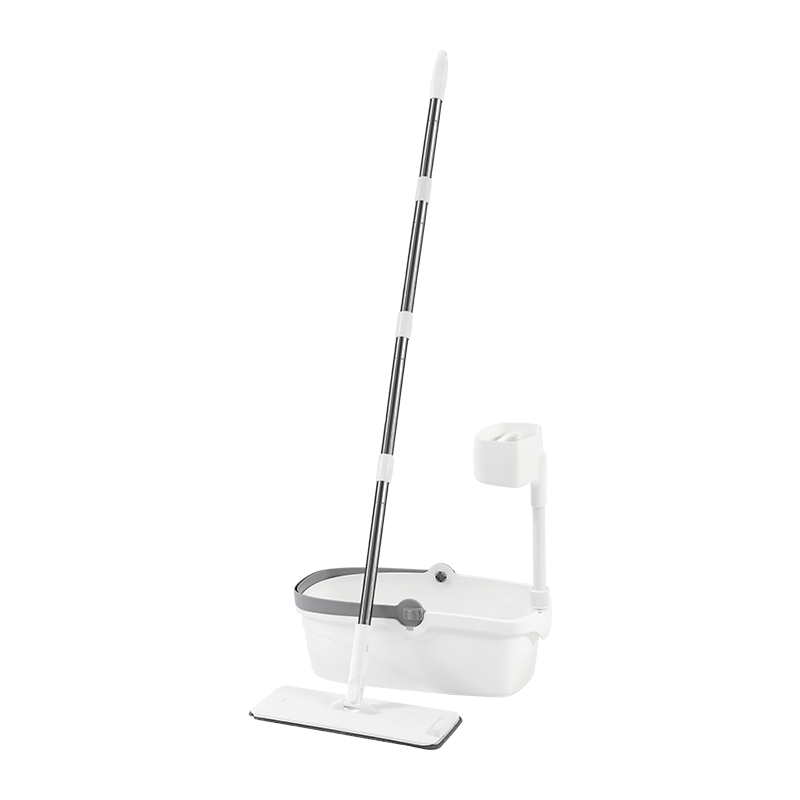

 Products
Products












